Photon 2-3 observed
For the moment we restrict to photons coming from atoms at A and B only.

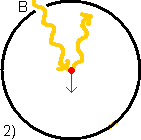
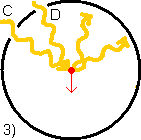
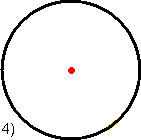
Fig. 8: The black ring consists of photodetecting material.
Shown electrons in 1, 2 and 3 (the red dots) are designated to have identical properties. Originally standing still, they developed identical velocity (downward red arrow) due to the impact of one or more photon absorptions and emissions. Then photon A is more energetic than photon B. Photons from C and D, arriving simultaneously at the electron, are designated to follow the same paths as the photons from A and B but are about half their respective energies then. In 4 no photons are approaching the electron.
Our local environment is laboratory Lab1 on Earth and there we perform the experiment as shown in fig 8. We have not yet measured the photon as long as it hasn't reached the black ring. Until then we experience the photon as a superposition of states 1, 2 and 3.
Possibility 4 demands a different electron-state. The electron, started from a standstill, remains at rest there. It can't develop a velocity-state like in 1, 2 and 3.
And possibility 3 incorporates 4 couplings while possibilities 1 and 2 only use 2 couplings each (one for absorption and one for emission). This reduces the contribution in the wavefunction of possibility 3 with a factor 100, compared with the contributions of 1 and 2.
So for practical use this leaves us again with only possibilities 1 and 2 in our local environment.
(For gluons, in stead of photons, this reduction would not have taken place!)
Let's recapitulate a few things. An atom like the one at A may exist or not exist. If existing the photon from A heading for our electron may exist or not exist. If the photon exists we may observe it or not. For us there are 4 possibilities for the existence of photons coming from atoms A and B, see figure 8:
1) A and B;
2) A but not B;
3) B but not A;
4) neither A nor B.
When measured (photons reach detector ring), the observer enters each of these 4 possibilities, in doing so splitting itself in 4 different observers in superposition (collaps of the wavefunction). No one of these 4 observers sees one of the others - possibilities in superposition never see each other.
When in our local environment both photons exist (observer 1), so do the atoms that emitted them (1 state).

 (=
(= A B
= the atoms A and B respectively,  = existing,
= existing,  = not existing)
= not existing)
When in our local environment the photon from atom A exists but the photon from atom B escapes detection (it can just pass by or it can not exist) then atom B remains in superposition of existing and not-existing (2 states).

 (state 1)
(state 1)

 (state 2)
(state 2)
When the photon from atom B exists but the photon from atom A escapes detection then atom A remains in superposition of existing and not-existing (2 states).




When both photons are not observed in our local environment, both atoms remain in superposition of existing and not-existing - with 4 possibilities to enter then (4 states).








The local environment around A
We now shift to A, that is the local environment around and including atom A. We conclude a local environment around atom A experiences 4 of us, 4 usses
(2 times 2), in a superposition of in total 9 states (3 times 3):
 Us observing 2 photons, thus having entered atoms A and B both existing (1);
Us observing 2 photons, thus having entered atoms A and B both existing (1);
 Us observing photon from A thus having entered A existing, experiencing in superposition (2) B existing and (3) B not existing;
Us observing photon from A thus having entered A existing, experiencing in superposition (2) B existing and (3) B not existing;
 Us observing photon from B thus having entered B existing, experiencing in superposition (4) A existing and (5) A not existing;
Us observing photon from B thus having entered B existing, experiencing in superposition (4) A existing and (5) A not existing;
 Us observing no photons, experiencing existing in superposition (6) A and B; (7) A but not B; (8) B but not A; (9) neither A nor B.
Us observing no photons, experiencing existing in superposition (6) A and B; (7) A but not B; (8) B but not A; (9) neither A nor B.
The local environment of A knows itself and thus has already entered one of the possibilities A existing or A not existing. Each state in a superposition has a reality-experience of its own, that's the starting assumption in this website. If A exists then at least this reality-experience consists of a virtual photon emitted by A and immediately thereafter reabsorbed again by A, as a decoherence-effect needed for self-knowledge. The photon makes A enter the existing state out of a superposition of states, in some of which it isn't existing. It observes it selves by the photon and in doing so enters the existing state. The paths of the self-confirming virtual photon then determine the spacetime of its universe: ordinary 4-dim spacetime or one of the described torus-shaped spacetimes that are embedded in a more-dimensional space (see What is a coupling? at page 4 of this storyline). Or a combination of them. Or a superposition of those spacetimes. A torusshape, especial a very small one, does provide an easy way for the virtual photon to be reabsorbed by its origin.
Logically contradicting parts are allowed
Since A knows it exists, A knows the possibilities (5), (7) and (9) in the  's above, can't be true, so these possibilities are ruled out for A. Despite that, can it observe us - the 4 of us - as described above? Observe not, since a observation would make it enter one of the superposed states (collapse of the wavefunction). But can it experience us - the 4 of us - as described above?
's above, can't be true, so these possibilities are ruled out for A. Despite that, can it observe us - the 4 of us - as described above? Observe not, since a observation would make it enter one of the superposed states (collapse of the wavefunction). But can it experience us - the 4 of us - as described above?
It has to be stressed again that knowledge is at value only if it actually has reached you. A particle representing the knowledge has to reach you. Only then it can make you enter a world out of a superposition of worlds. Information spreads with the speed of light, always and in all directions, by means of massless virtual particles like the photons.
Suppose atom A is 100 lightyears away from our local environment Lab1. This places it between the nearby stars in our Milky Way. We set our Lab1 fig-8 experiments at t=0. So A did emit its photon 100 years before t=0. In general, only 100 years after t=0 information about the experiments in our local environment has reached A's local environment. Only then the environments of the various A's that are in superposition can set for the task of judging the several environments of usses
and our superpositions.
As observed from A, in the first 100 year after t=0 the experiencing of the 9 possible states from the 4 distinct observers in Lab1 has no value. No signal of the experiment can have reached A yet, so this abstract knowledge is true but meaningless in the first 100 year. But in the second 100 years after t=0 the interference pattern of all those 9 possible states from 4 distinct observers has actual reached A. And that interference pattern will remain intact as long as no observation by A confirms any state.
Just after the same first 100 years information of A has reached our local environment that, if we observe that A exists, cause decoherence effects that render our possibilities (5), (7) and (9) to zero value (collapse of the wavefunction). If we have an observation A exists, the other possibilities disappear. But A doesn't know that yet. Only at the end of the second 100 years A knows that we know. So during the second 100 years after t=0, A - all A's - live with the knowledge of themselves existing while experiencing a superposition of states in our local environment from which in some of them A is not existing.
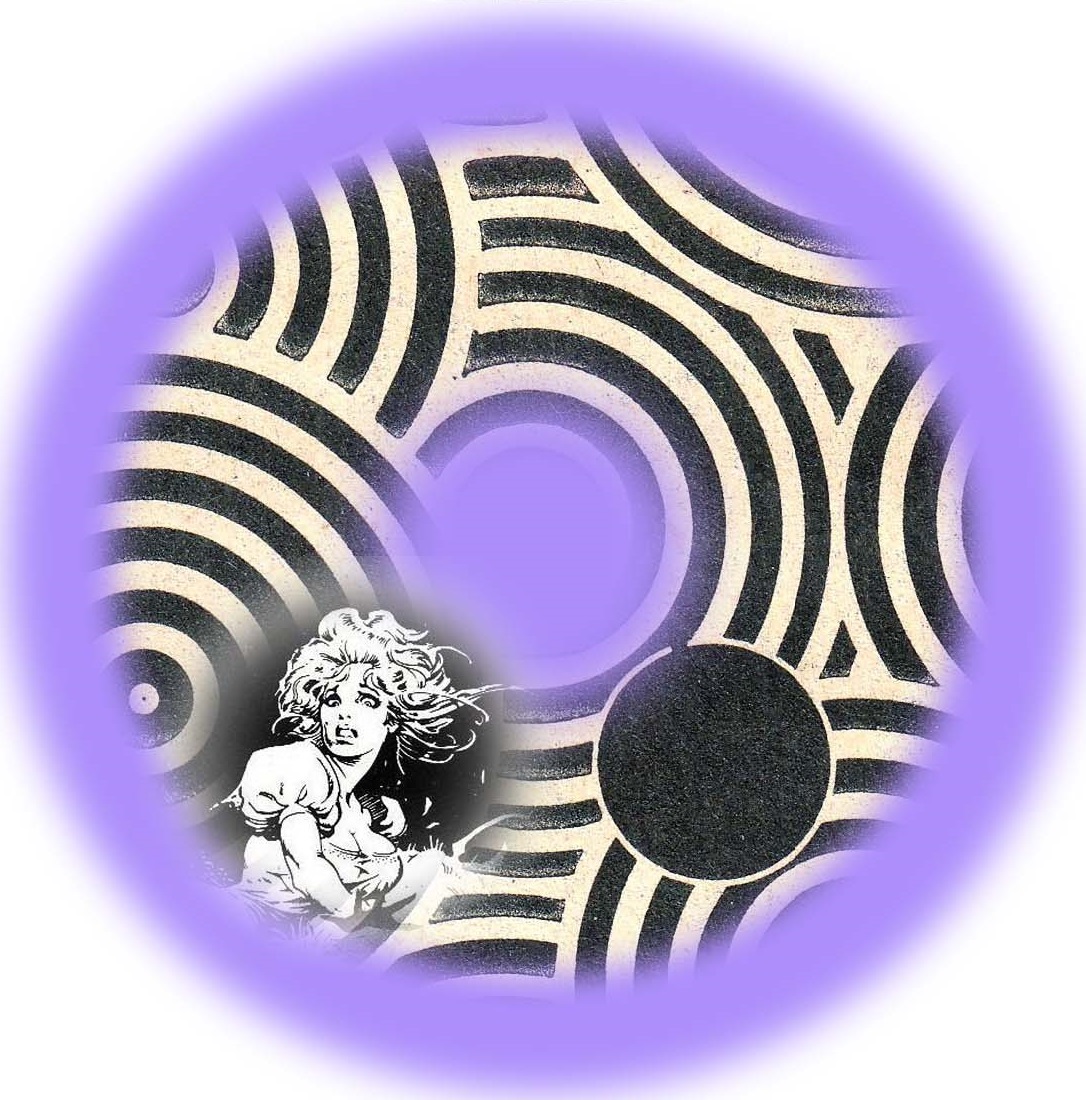
They know what we know but they don't know yet that we know what they know. That is to say, each of them experiences more than we know since we only know our local environment, but they experience all usses
in superposition. But each of them don't know yet that each of the usses
knows what they know (namely that A exists). That would take another 100 years, as argued.
So the things we experience from the outside don't necessarily have to tell a logically coherent story. Contradicting parts are allowed.
A experiences the existence of worlds in which A has never existed and eventually might never exist.
Tone
TONE is my Theory Of Nearly Everything. According to TONE, along with every photon absorption or emission by an electron there is one vacuum marble absorption from the Higgs field to give the electron mass. Each absorption from the Higgs field causes one bit of gravitation, according to the mechanism of gravity described in the first page of the TONE storyline. Each page of the TONE storyline is recognizable at the following table above the page.
Such a tiniest bit of gravitation carries the signal of existence of the electron. I guess one single tiny bit of gravitation will never be observable individually, but the vacuum, carrying the act of gravitation, embodies its existence. We might not being able to distinguish, but the vacuum does. In principle that's enough to spoil any superposition in which mass absorption from the Higgs field plays a role.
In other words, there would never be any superposition anywhere! All the superposed states of the electrons in an atom in groundstate would be distinguishable by the tiny act of gravitation each electron causes at every coupling with a photon. This counteracts observation in which QM rules the atom's world.
Recall the famous two-slit experiment. When the electrons (we do a two-slit experiment with electrons) are observed at one of the slits with electromagnetic radiation of too long wavelength, then the interference pattern behind the slit still appears but only partially. The interference pattern is partially drowned in another pattern of not-interfering bullet-like objects giving one distinct peak of hits just behind each slit.
So my guess is that one bit of gravity is not enough to spoil any interference pattern in an observable way. Then gravity does spoil every superposition but only for the vacuum to know, the vacuum grid. And the grid is not going to tell us about it. Observers like us, that observe electrons with light particles, will not notice this low rate of spoiling. Everywhere we shall measure precisely the results of superpositions according to QM.
And then again, how precise is the spoiling of the superposition as observed by the vacuum itself? Does a bit of gravitation, propagating through empty space, unambiguously determine the exact place and time of its origin? The precise vacuum marble that has been absorbed? Or can it backtrace to the vacuum marble next to it too?
![]()
In the second 100 years after t=0 the local vacuum around A experiences 9 states of the vacuum around us (9 usses on Earth) in superposition - from which in 3 of them A is not existing.
1. Us observing 2 photons, thus having entered atoms A and B both existing;
2. Us observing only 1 photon from A, thus having entered A existing, experiencing B existing too.
3. Us observing only 1 photon from A, thus having entered A existing, experiencing B not existing.
4. Us observing only 1 photon from B, thus having entered B existing, experiencing A existing too.
5. Us observing only 1 photon from B, thus having entered B existing, experiencing A not existing.
6. Us observing no photons, experiencing A and B both existing
7. Us observing no photons, experiencing A existing but not B
8. Us observing no photons, experiencing B existing but not A
9. Us observing no photons, experiencing neither A nor B existing.
Knowledge is at value only if it actually has reached you. When 100 years after t=0 A has no observations at its disposal, then the interference pattern remains intact. However, when 100 years after t=0 A is able to receive visible light and/or by any means could interprete gravitational signals caused by the Higgs field absorption, then A immediately enters one of these 9 superposed possibilities (collapse of the wavefunction). In the view of this site, A splits in 9 A's, each A now being part of the world of one of the 9 possibilities.
So the question whether the local vacuum around A can experience 9 states of the local vacuum around us (9 usses on Earth) in superposition (from which in 3 of them A is not existing), depends on the question whether A possibly could have no distinguishing observations while still experiencing the interference pattern.
The Outside Observer
Can an Outside Observer (OO) play a meaningfull role? Let's suppose there is an Outside Observer about half way down the distance Lab1 - atom A. We didn't mention so far, but we assume atom A, Lab1 and OO standing still relative to each other. The first 50 years after t=0 OO isn't aware of the experiments in Lab1 at t=0, nor of the existence of atom A. Let's asume that 50 years after t=0 OO has no distinguishing observations, nor from Lab1, nor from A. Then OO experiences the superposition of 4 observers at Lab1. And, only 150 years after t=0, OO experiences the superposition of 9 local environments at A, as a result of an interference pattern having proceded from Lab1 to A and then from A to OO. Then OO experiences the conclusion that A experiences the existence of worlds in which A has never existed and eventually might never exist.
Isn't it?
![]() OT
OT
![]() ET
ET
![]()
![]() OMPLETELY
OMPLETELY
![]() NVESTIGATED,
NVESTIGATED,
I am afraid.
The Sea of Possibilities
letters are created by
FRITS JONKER

April 2005
jonker.frits@gmail.com
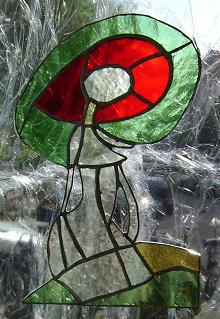
made by Bep Planken
My mother made one of Frits' drawings in stained glass.










